PROTECT YOUR DNA WITH QUANTUM TECHNOLOGY
Orgo-Life the new way to the future Advertising by AdpathwayOne of the earliest ways of communicating with the dead in the modern era was through Table Turning or Table Tipping. For many it was nothing more than a fun parlor trick and game, but for others it became a lifestyle and the foundation of a new spiritual movement.
When it comes to contacting the dead, humanity has tried just about everything—from scribbled seances and Ouija boards to full-blown ghost-hunting TV shows with night vision cameras, spirit boxes and EMF readers. But before the high-tech ghost gadgets and Hollywood dramatics, there was a simpler (and much wobblier) method: table tipping. Known also as table turning or table tilting, this Victorian-era parlor game blurred the line between a quirky party trick and a deep dive into the supernatural.
 Table Turning: Image published in the magazine l’Illustration in 1853 to illustrate an article entitled: History of the week
Table Turning: Image published in the magazine l’Illustration in 1853 to illustrate an article entitled: History of the weekA Wobbly Beginning: The History of Table Tipping
The roots of table tipping dig deep into the mid-19th century, during the spiritualism boom that gripped America and Europe. The year was 1848, and the infamous Fox Sisters of Hydesville, New York, had the world spellbound with their “spirit rapping” escapades. They claimed they could communicate with the dead through a series of knocks and taps—a revelation that sent Victorian society into a frenzy of séance-hosting and ghost-chasing.
 The Fox Sisters: Leah (April 8, 1813 – November 1, 1890), Margaretta (also called Maggie), (October 7, 1833 – March 8, 1893) and Catherine Fox (also called Kate) (March 27, 1837 – July 2, 1892). The Fox sisters were three sisters from Rochester, New York who played an important role in the creation of Spiritualism.
The Fox Sisters: Leah (April 8, 1813 – November 1, 1890), Margaretta (also called Maggie), (October 7, 1833 – March 8, 1893) and Catherine Fox (also called Kate) (March 27, 1837 – July 2, 1892). The Fox sisters were three sisters from Rochester, New York who played an important role in the creation of Spiritualism.It wasn’t long before people wanted more…action than what the Rochester Rapping from the Fox sisters provided. Why settle for a few spooky knocks when you could have an entire table dance across the room?
Read More: The Spiritualist Movement: The Fox Sisters Who Started a Ghostly Revolution as a Prank
Enter Table Turning, which came to Europe from America in the winter of 1852 when Maria B. Hayden came to London as a medium and quickly became a popular Victorian parlor game and show. The arrival
of the steamer ‘Washington’ at Bremen in March 1853 is said to have first brought these ‘spiritual gymnastics’ to Germany. The art of table tipping became even more popular in France when it came to Paris in April the same year that had a strong tradition of mesmerism and animal magnetism.
 Magnetism: Mesmerists saw Table Turning as a sign of animal magnetism, while fundamentalists condemned it as a work of Satan. Animal magnetism, created by German doctor Franz Mesmer in the 18th century, suggests that all living things have an invisible natural force. This force, known as Lebensmagnetismus, could produce physical effects, including healing. Pictured above: Drawing room scene with many people sitting and standing around a large table; a man on a crutch has an iron band wrapped around his ankle; others in the group are holding bands similarly; to the left, a man has hypnotized a woman.
Magnetism: Mesmerists saw Table Turning as a sign of animal magnetism, while fundamentalists condemned it as a work of Satan. Animal magnetism, created by German doctor Franz Mesmer in the 18th century, suggests that all living things have an invisible natural force. This force, known as Lebensmagnetismus, could produce physical effects, including healing. Pictured above: Drawing room scene with many people sitting and standing around a large table; a man on a crutch has an iron band wrapped around his ankle; others in the group are holding bands similarly; to the left, a man has hypnotized a woman.Participants would sit around a small table, fingertips lightly resting on the surface, and—after a bit of concentration and maybe a dramatic chant or two—the table would begin to rock, tilt, and sometimes even levitate. Supposedly, this was the work of spirits answering questions or simply showing off. Think of it as a supernatural form of charades, except the stakes included possible possession.
Earlier Versions of Table Turning
Although thought today to be a Victorian fad, the art of some sort of divination around a table is much older than when Spiritualism brought it to the masses as a popular game and show. In ancient Rome tables were used for divination called Mensa Divinatoriae.
In fourth-century Ammianus Marcellinus (325-391), a Roman historian, describes a table that had a slab on it with all the letters of the alphabet. Above it was a ring in a thread swinging over the letters and spelling out the words.
 A Message from Satan: Evangelical clergymen claimed that table turning was associated with Satan. Revs. N. S. Godfrey, E. Gillson, and others held séances where the “spirits” admitted to being either bad people or devils. These confessions led the clergymen to condemn table-turning altogether. As they said: ‘Table-moving tested and proved to be the result of Satanic agency’.
A Message from Satan: Evangelical clergymen claimed that table turning was associated with Satan. Revs. N. S. Godfrey, E. Gillson, and others held séances where the “spirits” admitted to being either bad people or devils. These confessions led the clergymen to condemn table-turning altogether. As they said: ‘Table-moving tested and proved to be the result of Satanic agency’.Even older examples are from the Christian writer, Tertullian (155-222) who mentioned some sort of table turning when he said to pagans: Do not your magicians call ghosts and departed souls from the shades below, and by their infernal charms represent an infinite number of delusions? And how do they perform all this but by the assistance of angels and spirits, by which they are able to make stools and tables prophecy
There are also those claiming that Jews in the 17th century practiced turning in a work published. Although it was said to be magic, Sabbatai Zevi tried to defend the practice, claiming it was a sacred ritual as singing psalms to God.
The Rules of Table Turning
Gather your friends, Light some candles because, of course, spooky ambiance is crucial, rest your fingertips lightly on the table. No heavy-handed shoving allowed—at least not officially. Ask questions and wait for the table to tip, tilt, or tap in response.
The first such sign was often a quivering motion under the sitters’ hands; it increased until the table pulsated with a mysterious energy. Many sources claim that this usually takes around 10 minutes, perhaps longer, perhaps not at all. After the vibratory stage the table might jerk, tilt, stumble about, spin and eventually become entirely levitated.
 Effect on literature: Eusapia Palladino the table appeared to be somehow alive like the back of a dog. In one of his stories a similar phenomenon occurred during the mediumship of medium D. D. Home induced Alexander Dumas to fantasize the table as an intelligence itself. The conception of a spirit entering furniture became a favorite idea with French authors afterward.Table levitates during Palladino’s séance at home of astronomer Camille Flammarion, France, 25 November 1898. There are two women seated at the table. Palladino sits at the far short end.
Effect on literature: Eusapia Palladino the table appeared to be somehow alive like the back of a dog. In one of his stories a similar phenomenon occurred during the mediumship of medium D. D. Home induced Alexander Dumas to fantasize the table as an intelligence itself. The conception of a spirit entering furniture became a favorite idea with French authors afterward.Table levitates during Palladino’s séance at home of astronomer Camille Flammarion, France, 25 November 1898. There are two women seated at the table. Palladino sits at the far short end.Spirits would allegedly answer “yes” or “no” questions by lifting certain legs of the table or tapping out coded messages, often said to be from a deceased close to someone around the table or a well known person. The messages would often take a long time to write down, and tools like the Ouija Board were made to make the communication with the dead easier and faster later.
Read More: The Dark Origins of the Ouija Board: A Mysterious History of Spirit Communication
The color or type of table wasn’t very important, nor was the type of wood it was made of for most mediums. Many mediums said they preferred that no metals like nails were used as they claimed to be very sensitive to metals. Many also liked to cover the table with a cloth.
Table Tipping Inspiring a Spiritualist Movement
Table Turning wasn’t just confined to dimly lit living rooms. It caught on with spiritualist circles, prominent mediums, and even some of the intellectual elite. Allan Kardec studied the phenomenon and concluded in The Book on Mediums that some communications were caused by an outside intelligence, as the message contained information that was not known to the group. He eventually went on to kick off the Spiritism movement and religion after this.
Even after the Fox sisters came out and said that it had all been a hoax, the tradition of spiritualism and table turning continued to grow in popularity. But here’s the twist: even when exposed, people still wanted to believe. After all, isn’t it more fun to think a ghost is tilting the kitchen table from the afterlife than to admit your friend is just really bad at keeping his fingers still?
Exposing the Truth Behind the Table Turning
But it wasn’t only inspiring for some, and people started to devote their time to expose the hoax behind table turning. Sir Arthur Conan Doyle, the writer of Sherlock Holmes was a staunch believer in the practice. Ironically, his fictional detective would have debunked it faster than you can say “elementary.” Even though he wanted to believe it, he spent a lot of time debunking mediums and the hoaxes behind them.
 Table Turning as a Hoax: The magician William Marriott demonstrating a fraudulent method to levitate a table. From On the Edge of the Unknown. Pearson’s Magazine, March-October 1910.
Table Turning as a Hoax: The magician William Marriott demonstrating a fraudulent method to levitate a table. From On the Edge of the Unknown. Pearson’s Magazine, March-October 1910.Harry Houdini, the world’s most famous escape artist and part-time ghostbuster, spent much of his later career exposing fraudulent mediums as well. He attended séances incognito, calling out tricksters who used hidden wires, magnets, and even sneaky footwork to get tables dancing. So what was the trick behind the magic?
 Harry Houdini: On the stage of the New York Hippodrome, Houdini exposes techniques used by fraudulent mediums in 1925. Some of the methods he exposed was the mechanics behind Table Turning.
Harry Houdini: On the stage of the New York Hippodrome, Houdini exposes techniques used by fraudulent mediums in 1925. Some of the methods he exposed was the mechanics behind Table Turning.Skeptics and those exposing the truth behind the table turning chucks it up to the ideomotor effect, not ghosts trying to communicate through furniture. The movement experienced in the seances was due to involuntary and unconscious muscular reactions. This scientific explanation was published in the Medical Times and Gazette in 1853, but that didn’t stop its popularity or people believing in it, it only made the hoaxes more elaborate.
This was the case from well meaning people wanting to believe or there would also be those who just performed plain fraud, often looking for money and fame.
One of these fraudulent methods was described by The magician Chung Ling Soo, or William Ellsworth Robinson that was his real name, involved a pin driven into the table and the use of a ring with a slot on the medium’s finger. Once the pin entered the slot, the table could be lifted.
The Italian spiritualist and medium, Eusapia Palladino, who used custom-made boots with soles that extended beyond the boots’ edges in order to lift tables.
 Table Turning: An alleged table levitation of the medium Eusapia Palladino in 1909.
Table Turning: An alleged table levitation of the medium Eusapia Palladino in 1909.The Paranormal Legacy: Why We Still Love a Good Table Flip
Though Table Turning eventually fell out of fashion—replaced by flashier tools like the Ouija board and EVP recorders—it left a lasting impression on the way we view spirit communication. It tapped into a fundamental human desire: the need to believe that death isn’t the end.
In modern paranormal circles, table tipping has made a bit of a comeback. Some ghost hunters use it in investigations, while others see it as a quaint relic of the spiritualist era. Table Turning sits at that strange intersection of human psychology and the supernatural. It’s a little bit spooky, a little bit silly, and entirely captivating.


 1 day ago
2
1 day ago
2

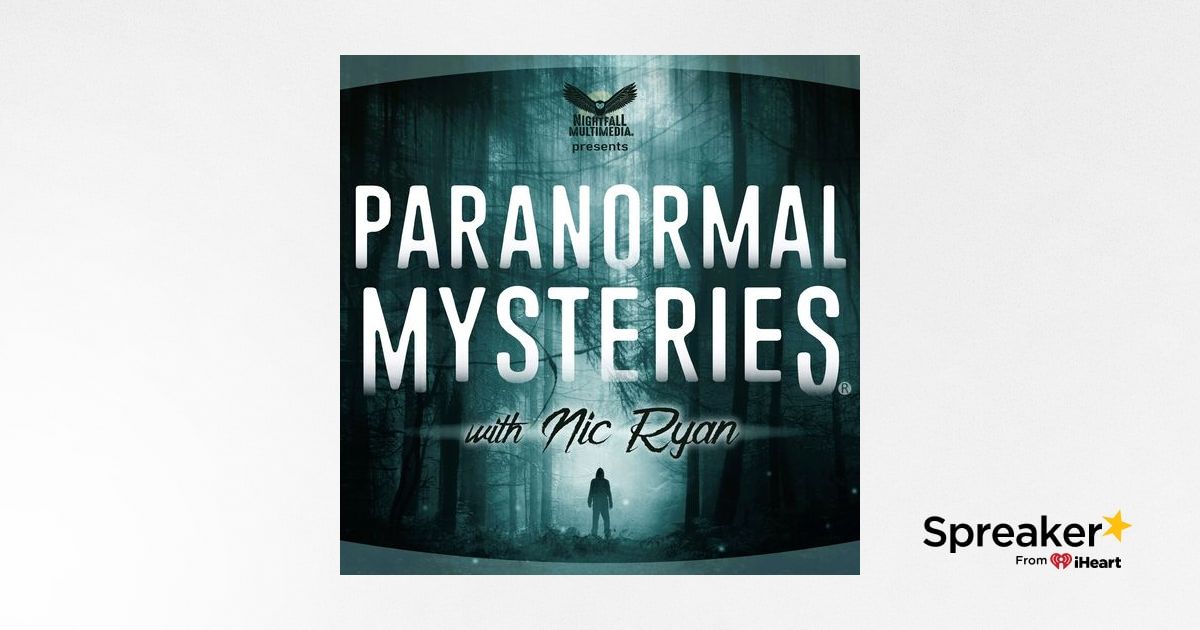







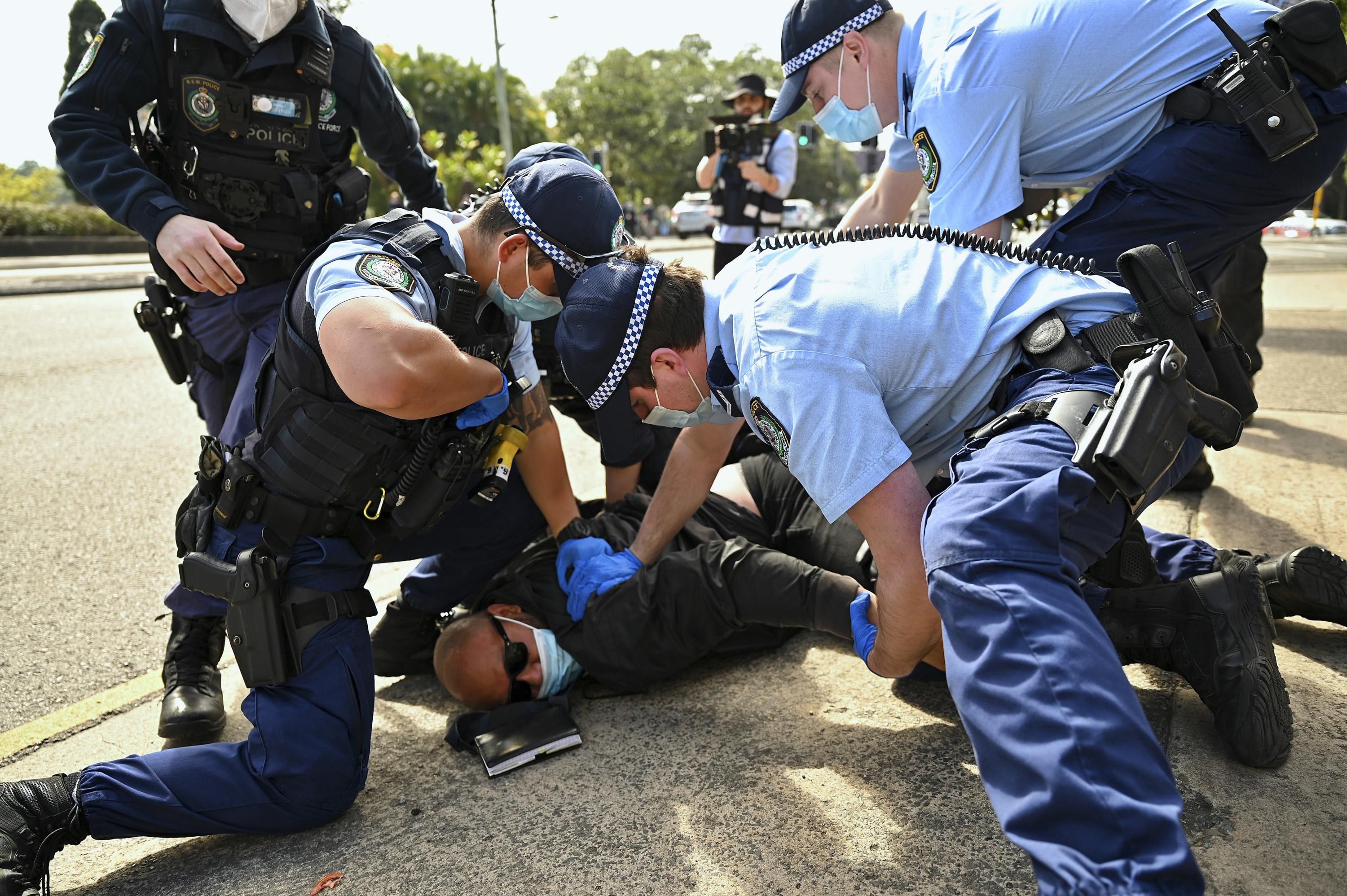
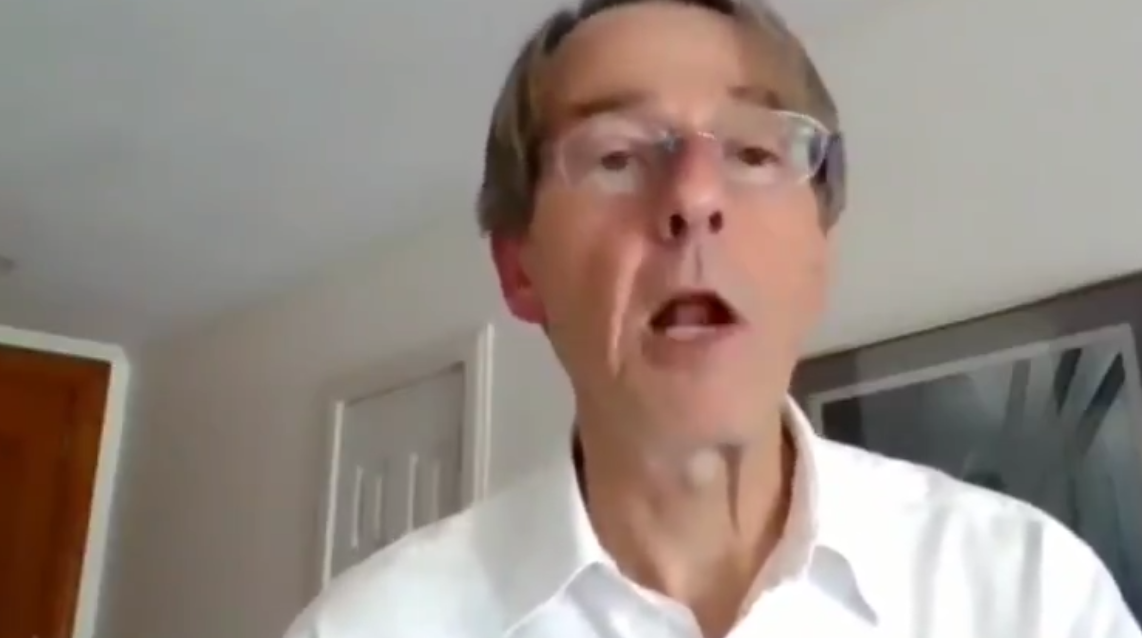

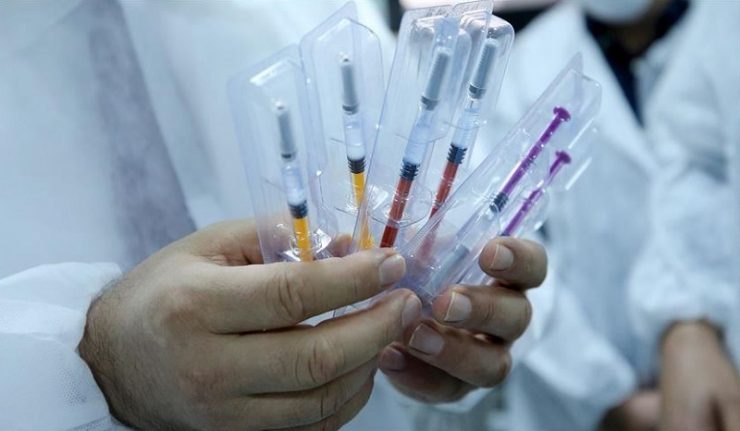





.jpg)



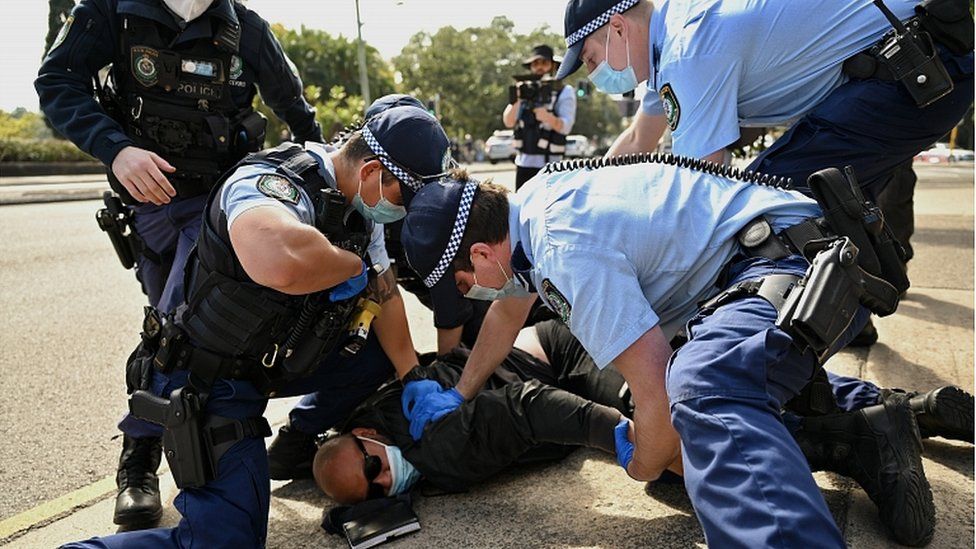


 English (US) ·
English (US) ·  French (CA) ·
French (CA) ·